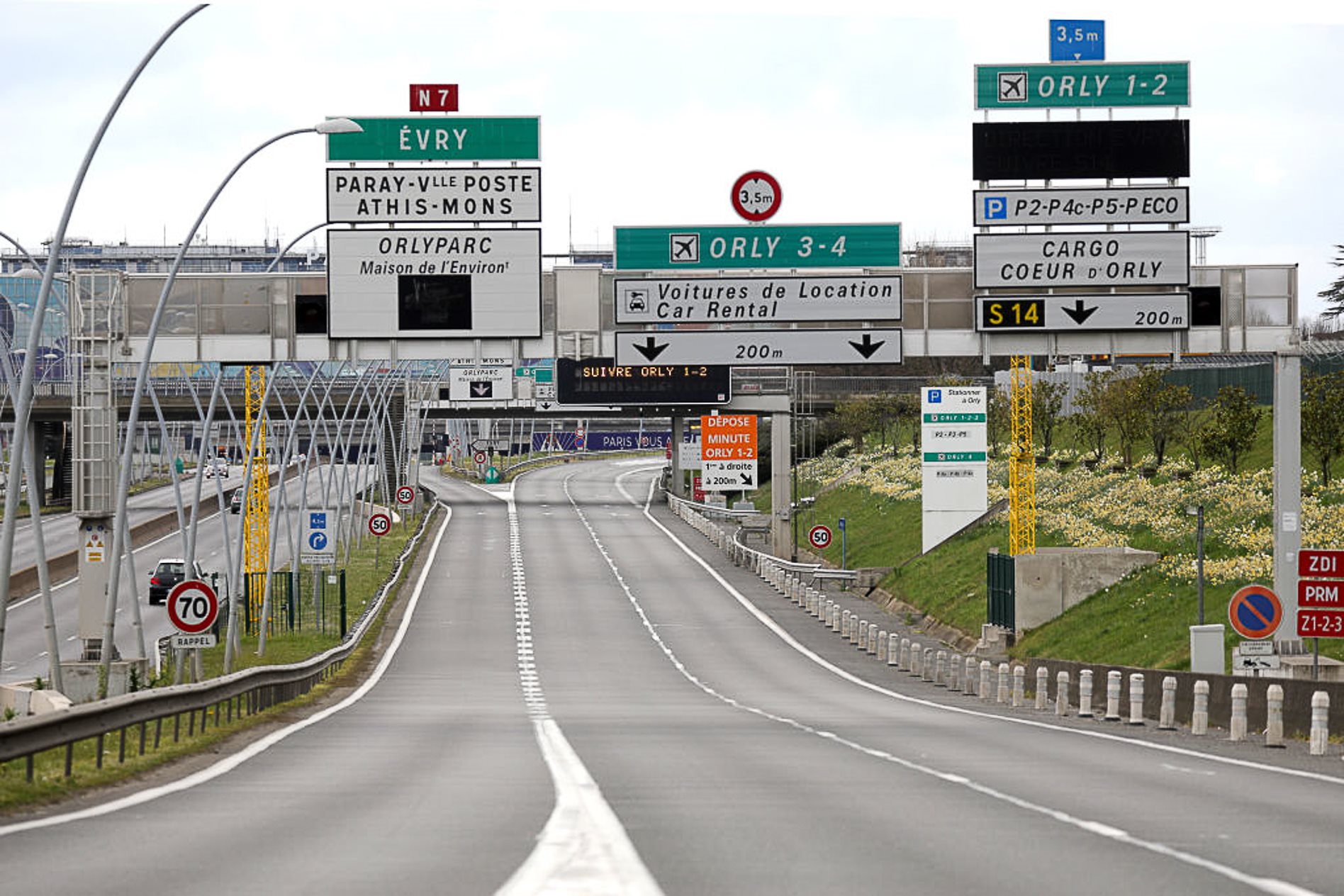
For almost twenty years, I commuted more than 150km to and from work every day, five days a week. Sounds like a punchline to a bad joke, right?
Looking at traffic data figures for the last couple of decades, I’ve spent at least 100 days of my life (and probably more) stuck in traffic jams. I’d sit in gridlocked traffic, surrounded by people like me, single occupants in sizable cars, all heading in the same direction at the same time, and wonder whether I could do anything about it.
No, said a succession of managers (who all lived no further than 10km from their respective offices). You need to be here so we can ensure that productivity is maintained.
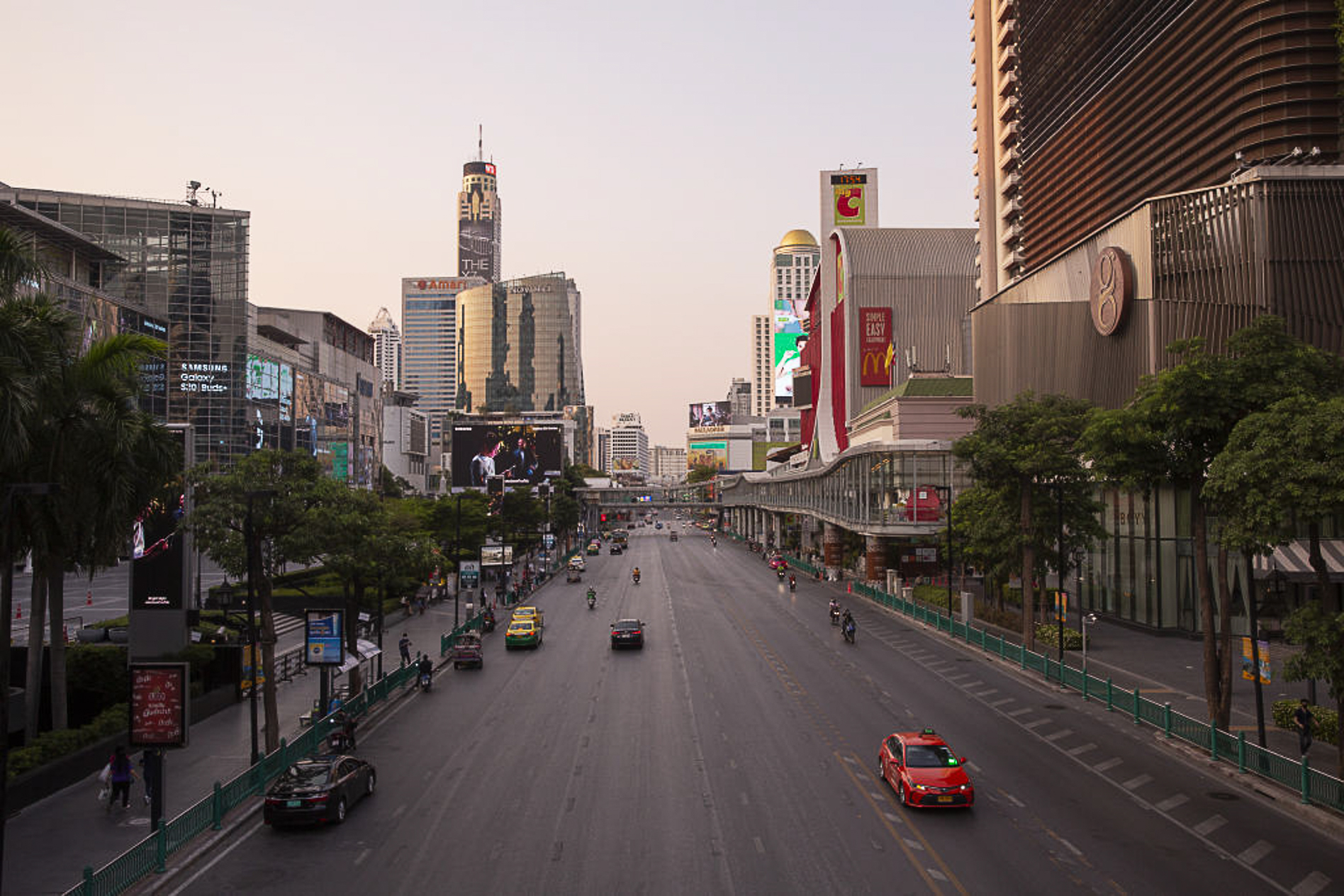
The bald-faced lie couched in that defence has been stripped bare in the last six weeks, as those of us who still have jobs are working from home (or WFH as it’s been stripped back to) and doing it – in my experience – with professionalism and enthusiasm.
No one is swanning about at the café – we’re not allowed to anyway – or skiving off to the beach. Thanks to Zoom, Monday, Google Meet and all the other tools we have at our disposal, it’s entirely possible to be more productive from home than it is in a modern open-plan office.
The lid is off the WFH jar, and it’s not going back on.
So where does this leave commuting? Will we look at driving to work by car in a whole new light going forward? Yes… and no.
Let’s look at traffic volume reduction over the last couple of months to start off with. Statistician Chris Holder, who runs a blog called Charting Transport, has run the calculator over some recent numbers, and reckons that traffic volume is down in Melbourne by some 40 per cent to the end of April 2020.

Using traffic signal loop vehicle count data provided by the Victorian government over the last three months, it’s plain to see that not only is traffic volume down, but the traditional peaks of morning and afternoon peak-hour traffic have flattened considerably.
Holder cautions that there are attenuating factors at play – public holidays and Easter traffic volumes, for example, are always softer – but with the implementation of social distancing and WFH, it’s obvious that traffic in one of the world’s most metropolitan cities has dropped markedly.
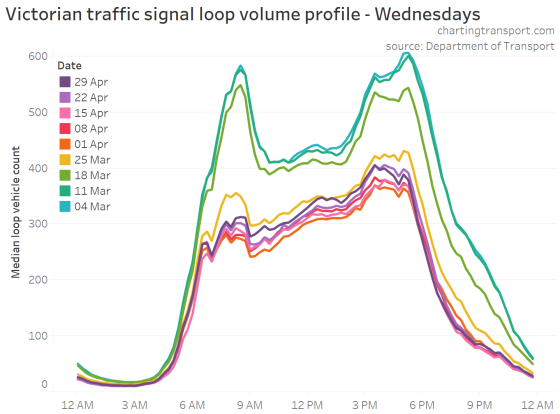
This data is backed by other sources, too. TomTom’s live-time traffic analysis tool shows that Sydney’s congestion levels are also down around 40 per cent in April compared to the same month in 2019.
Public transport, too, is experiencing a huge downturn. Foot traffic to transit stations in Melbourne in April fell almost 60 per cent, while Perth’s public transport network has recorded a 89 per cent decline in patronage to the end of April.
It’s a no-brainer to assign this reduction in traffic volumes and travel to people who now WFH as well as those complying with health department-imposed travel restrictions – but what will happen when restrictions ease in the months to come?
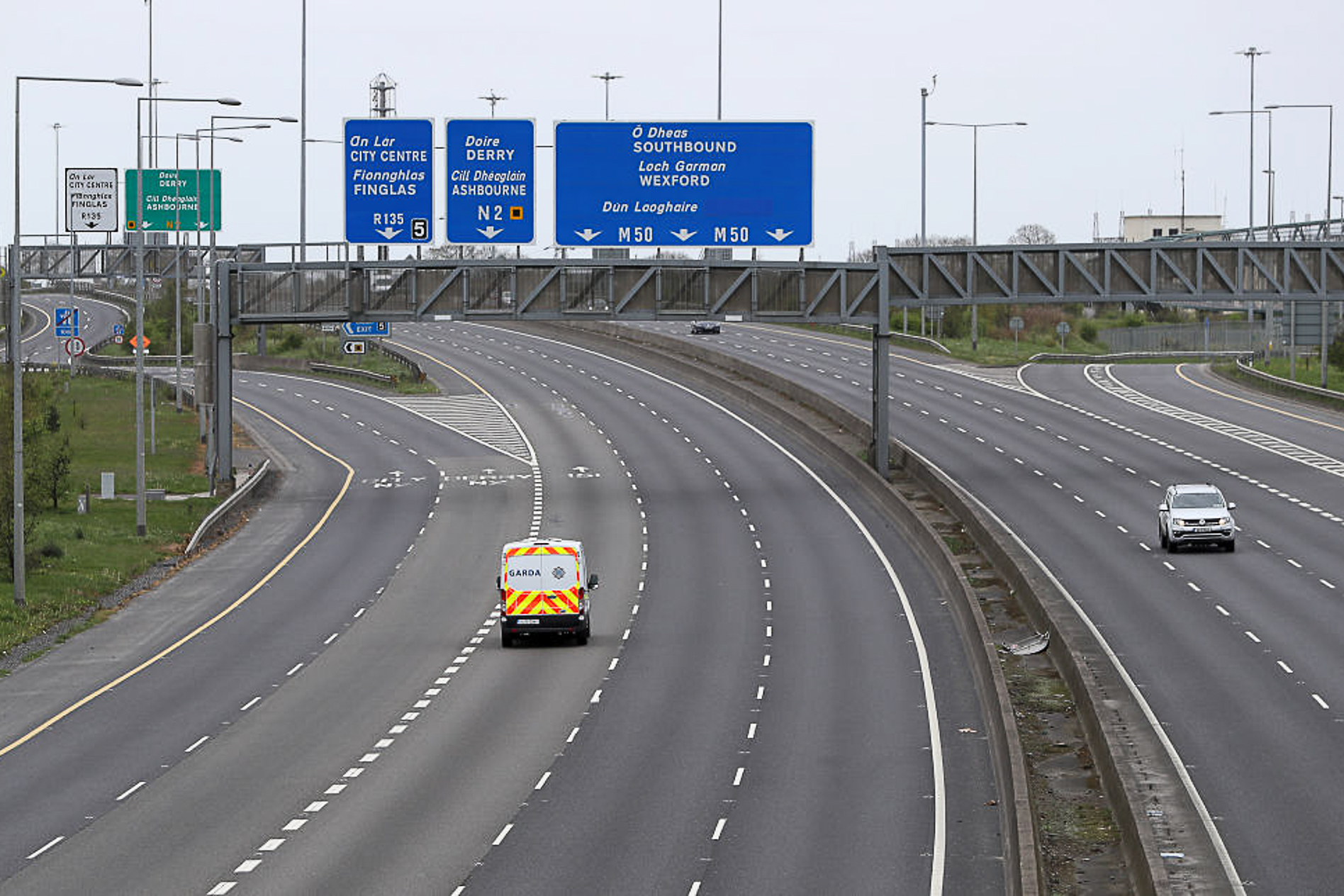
In cities like Paris and New York, an interesting phenomenon has popped up – those huge metropolises and others are actually adding cycle lanes at the expense of vehicle lanes, as cycling traffic grows in volume.
Experts suggest that the rise in cycling traffic has come as car density decreases and footpath traffic actually becomes too crowded for people to move around with social distancing rules in place.
As well, as incomes come under pressure, cycling is a cheaper way to travel – and it also counts as exercise!
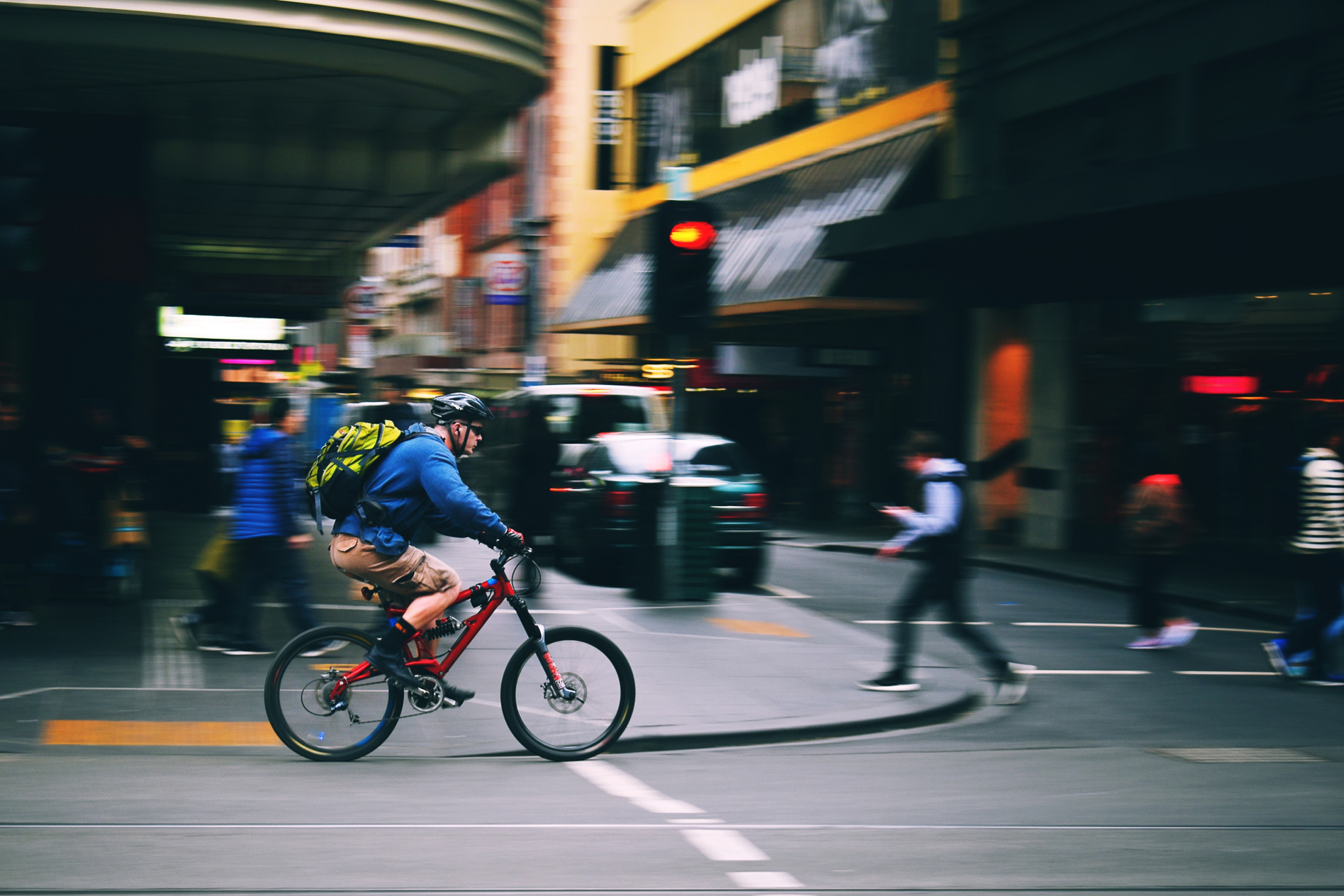
But what of the humble car? Well, Chinese cities like Beijing are already starting to see increased car traffic volumes as people shun public transport in favour of the safety of a single-occupant car, rather than mass-transport solutions like buses and trains.
Whether this changes as social distancing measures – fewer passengers allowed on board, for example – become more commonplace remains to be seen, but for countries like Australia, the car is pretty essential.
Average commuting distances for most Aussies who own cars is between 16 and 18km, which largely precludes the use of bicycles for the majority of commuters.
However, the advent of the electric bike, or e-bike, could change that statistic in our relatively fair-weather country. With an average range of 50km and a governed top speed of 25km/h, e-bikes are becoming a valid alternative for people who might not have otherwise considered a bike as a commuting tool.
Personally, I wonder if everyone who is enjoying the bright blue skies and lower pollution levels that a decrease in vehicular transport has brought – global CO2 from fossil fuel emissions levels are tipped to drop by more than five per cent, while nitrous oxide levels have been slashed across the planet – and wonder whether a future without commuting is actually something worth fighting for.
The reality is, however, that traffic numbers will rise again in the coming months as people use the vehicles that they already own to isolate themselves from a threat that’s likely to exist for a couple of years yet – but, to the car industry’s increasing discomfort, there will be fewer people sliding behind the wheel in the medium- to long-term.



